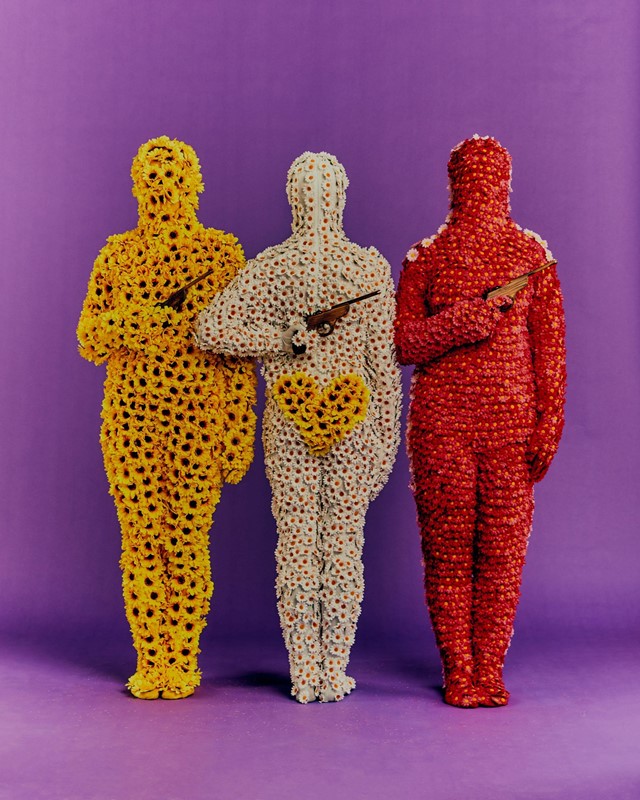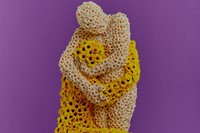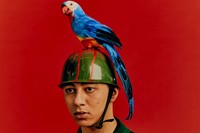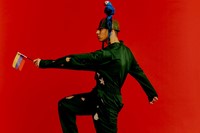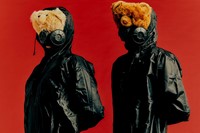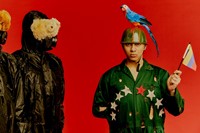Central Saint Martins’ Victoria Ruiz explains the meaning of her surreal graduate collection, and the joy of learning as you go
The title of Victoria Ruiz’s graduate collection, El Carnaval Que No Pasó, literally translates to “The Carnival That Did Not Happen”. Evoking empty promises and shattered dreams, these words encapsulate a story that the Venezuelan designer wanted to tell from the moment she arrived on the foundation course at Central Saint Martins: the story of one of her home country’s darkest periods, told through the surreal lens of Carnival.
“Venezuela, to me, has always been my biggest inspiration,” Ruiz says of the place she grew up, before moving to Miami, Florida, and then on to London to study fashion. “It is a land of wonder and horror. It is a place where the real is surreal. That has always been a fascination for me.”
These dichotomies are ever-present in El Carnaval Que No Pasó, exhibited by Saint Martins’ Lethaby Gallery in May. In one look, a parrot perches on top of a soldier’s shiny helmet; the helmet appears to be dripping with blood, and the soldier’s green, star-trimmed jumpsuit is torn. In another, models wear dystopian gas masks stuffed with the heads of teddy bears. Playful elements, inspired by the rich culture of Venezuela, are fused with the dark realities of its ongoing political downfall.
For Ruiz, the retelling of this story is rooted in extensive research. “I always start by reading different books, news articles, and journals that relate to my subject,” she says. “I then researched the different characters that I believed were part of the narrative in Venezuela’s downfall … I asked myself a million questions about who this character was in my world and who this character was in the real world.”
Materialising these ideas as sculptural garments was a difficult process, she adds, explaining: “I am not a ‘classically’ trained designer.” However, this also opened up moments of spontaneity, and Ruiz saw building each new garment as a valuable learning experience. The sculptural approach she developed in this time particularly comes through in more fantastical pieces, including a bejewelled red devil costume, and a “flower skin” that transforms the wearer into a bouquet of daisies.
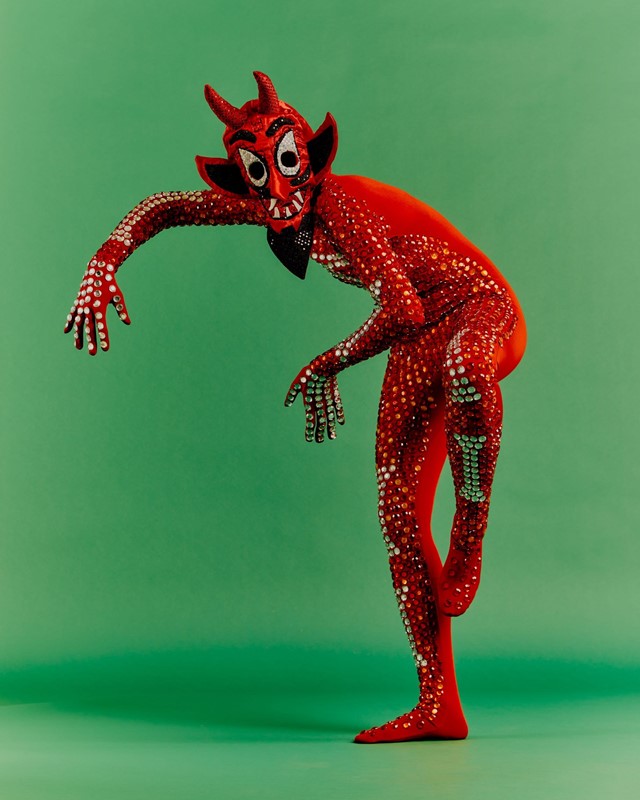
In a nod to Carnival culture, these garments also emphasise movement and touch, as exhibited via intimate dance performances and dreamlike, long-exposure photographs by Marcus Sabah that see models whip vibrant zip-tie tendrils back and forth. Having graduated, Ruiz dreams of returning to Venezuela to share her work with those that inspired it via an exhibition in her hometown, Caracas.
“I feel proud as the first generation of my family to study abroad and gain this diploma,” she says. “This project was in honour of my father, and his hard work to give us a new opportunity in life, in a new country. And to my country, Venezuela, and all of us Venezuelans around the world. I feel honoured to represent my country in the best way that I can.”
